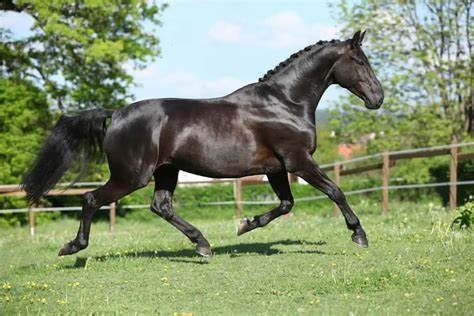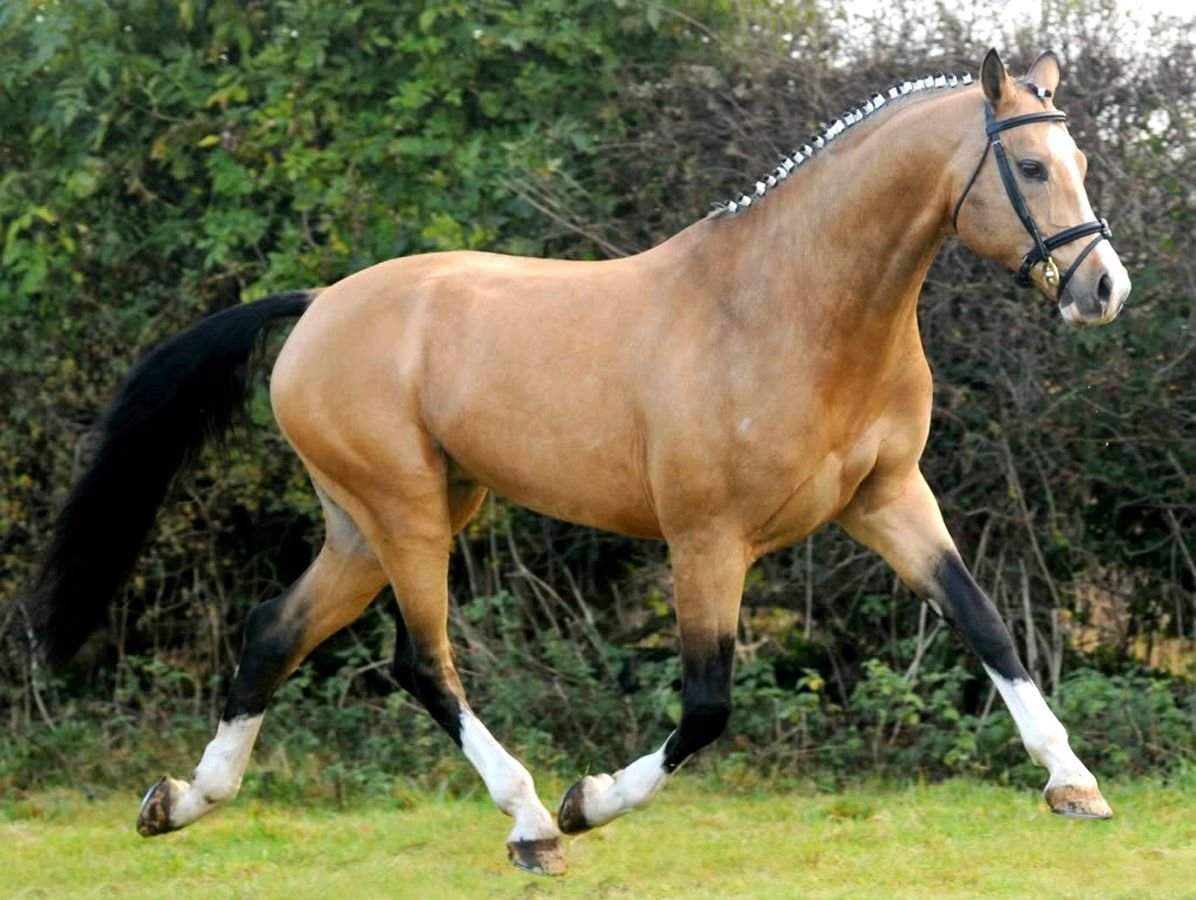Warmblood horses are known for their versatility, strength, and beauty. Proper care and maintenance are crucial to ensure their health, performance, and well-being. Here’s a guide to help you provide the best care for your warmblood horse.
1. Nutrition and Feeding
Warmbloods are larger than most horse breeds, requiring a well-balanced diet to meet their nutritional needs.
Diet Essentials:
- Forage: High-quality hay or pasture should form the majority of their diet.
- Concentrates: Grains or commercial feeds can supplement energy, especially for performance horses.
- Supplements: Add vitamins and minerals as recommended by your vet to support joint health and muscle function.
Feeding Tips:
- Feed according to the horse’s workload, age, and weight.
- Ensure access to fresh, clean water at all times.
2. Exercise and Training
Warmbloods are active and athletic, requiring consistent exercise to maintain their fitness and mental stimulation.
Exercise Recommendations:
- Include varied routines like lunging, riding, and groundwork.
- Schedule regular turnout to keep them relaxed and healthy.
- Use proper warm-up and cool-down techniques to prevent injuries.
Training Tips:
- Warmbloods are intelligent and respond well to positive reinforcement.
- Tailor training to their discipline, whether dressage, jumping, or eventing.
3. Grooming and Coat Care
Grooming is essential for hygiene and bonding with your horse.
Daily Grooming Routine:
- Brush their coat to remove dirt and promote circulation.
- Check for skin conditions like rain rot or hives.
- Clean hooves daily to prevent thrush and cracks.
Seasonal Care:
- Clip the coat during winter if your horse is in regular work.
- Use fly sprays and masks in summer to protect against pests.

4. Hoof Care
Warmbloods are often larger, placing more strain on their hooves. Regular maintenance is vital.
Hoof Maintenance Tips:
- Schedule farrier visits every 4–6 weeks.
- Provide proper shoeing if your horse is in heavy work.
- Keep hooves clean and inspect them for cracks or infections.
5. Veterinary Care and Preventative Health
Routine veterinary care ensures your warmblood stays healthy.
Key Health Practices:
- Vaccinate annually against diseases like influenza and tetanus.
- Deworm regularly based on fecal egg count tests.
- Schedule dental checks every 6–12 months.
6. Joint and Muscle Care
Warmbloods are prone to joint and muscular issues due to their size and activity level.
Maintenance Tips:
- Provide joint supplements containing glucosamine and chondroitin.
- Use therapies like massages, stretches, or chiropractic care.
- Allow rest days to prevent overwork.
7. Shelter and Environment
A comfortable living environment keeps your horse happy and stress-free.
Stable Requirements:
- Provide clean, spacious stalls with good ventilation.
- Use quality bedding to keep them comfortable and dry.
Turnout Area:
- Offer ample turnout time in a safe, grassy pasture.
- Ensure fencing is secure and free of hazards.
8. Mental Well-Being
Warmbloods thrive with mental stimulation and social interaction.
Tips for Mental Health:
- Allow them to interact with other horses.
- Rotate training routines to prevent boredom.
- Use toys or obstacles in the paddock for enrichment.
Conclusion
Caring for a warmblood horse involves attention to nutrition, exercise, grooming, and mental health. With proper care, these majestic horses can thrive, perform at their best, and enjoy a long, happy life.











